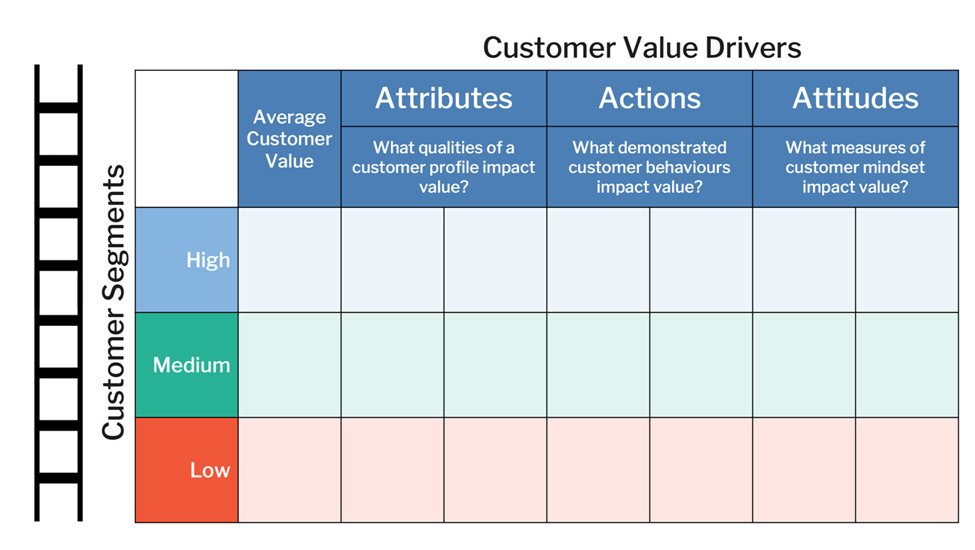
KPI Tree
Identify the specific Key Performance Indicators (KPIs) that you will use to evaluate your performance in relation to a goal.

How are we increasing the value of our customers over time?

Identify the specific Key Performance Indicators (KPIs) that you will use to evaluate your performance in relation to a goal.

Understand how different revenue and cost factors impact the profitability of your organization.
This is a project from Kickframe – a digital marketing strategy consulting and training company.